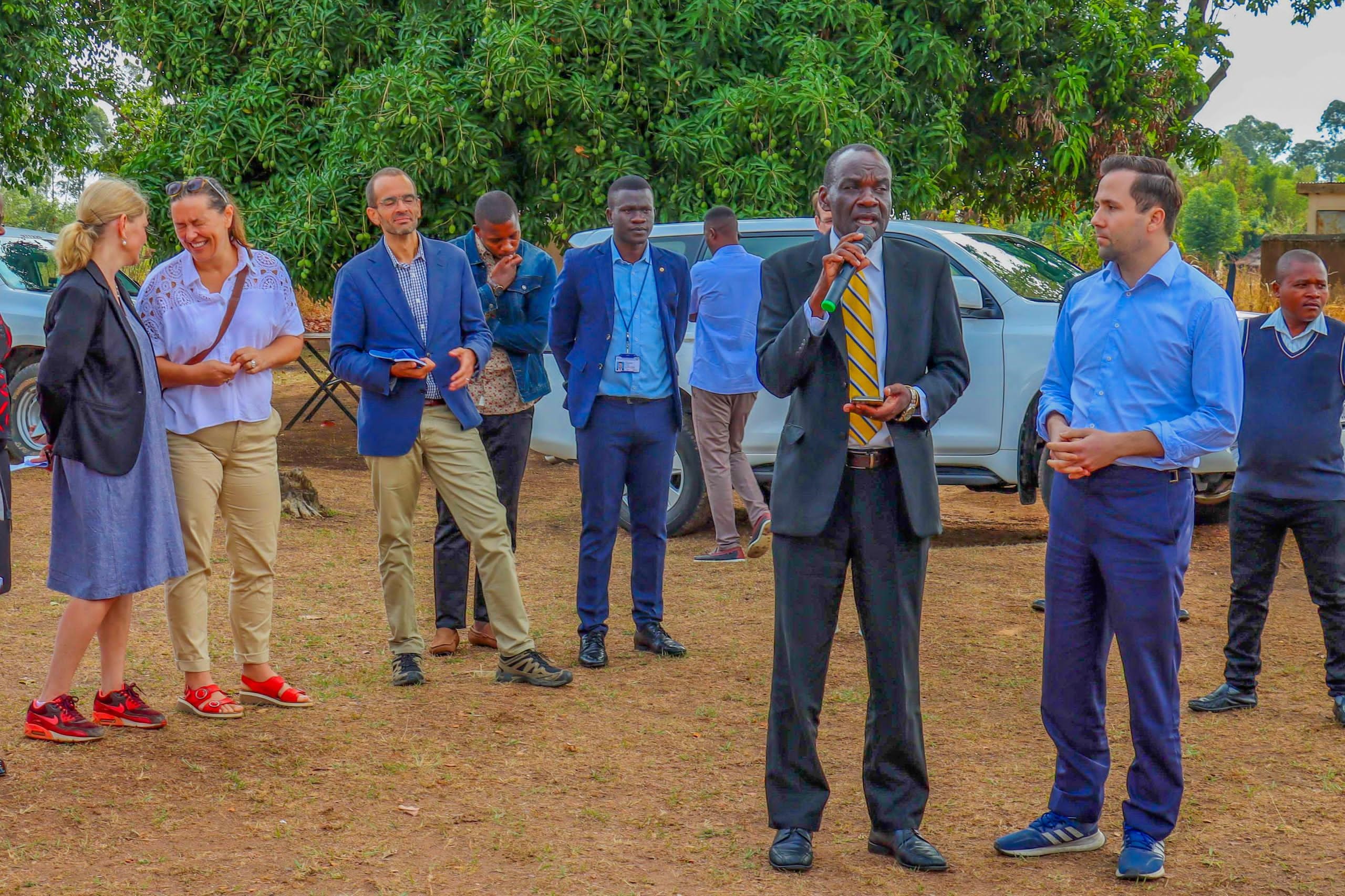On 4th April 2025, Save the Children, under the Child... Read more
Population & Culture
As at 2016, the district had an estimated population of 820,500, of which 36,731 9 (4.5%) were refugees. By May 2017, Arua hosted 151,039 refugees, accounting for 18 percent of the district population. The refugees, mainly from South Sudan are of diverse ethnic backgrounds; Dinkas, Kuku, Nuer, Kakwa, Madi, and Siluk and have close ethnicity with the locals who are Kakwa, Madi, Alur and Lugbara. This partly explains the peaceful coexistence in the community. Arua promotes the government’s exemplary refugee settlement model that allows refugees to interact freely and set up investments, which provides an opportunity to harness their potential to accelerate local economic development. Generally, the refugee and host communities enjoy a cordial relationship, which offers a favorable environment for doing business. At the moment, the projected District Population is 646,500 persons having given birth to Madi-Okollo District in July 2019. Total number of households is 120,532 and the average household size was 5.4. Table below presents the detailed population per sub-county and sex
From the above analysis, the population of the host and refugee communities exerts a heavy burden on the environment and natural resources plus few productive members of the population because they have to look after a number of other people, a fact that hampers the rate of investment in the productive sectors and have adverse effects on the natural resources for human livelihood. Furthermore, the District has a young population like that requires considerable investment in the services for the both the young and elderly in terms of service delivery like health facilities, education, roads, markets and production services.




